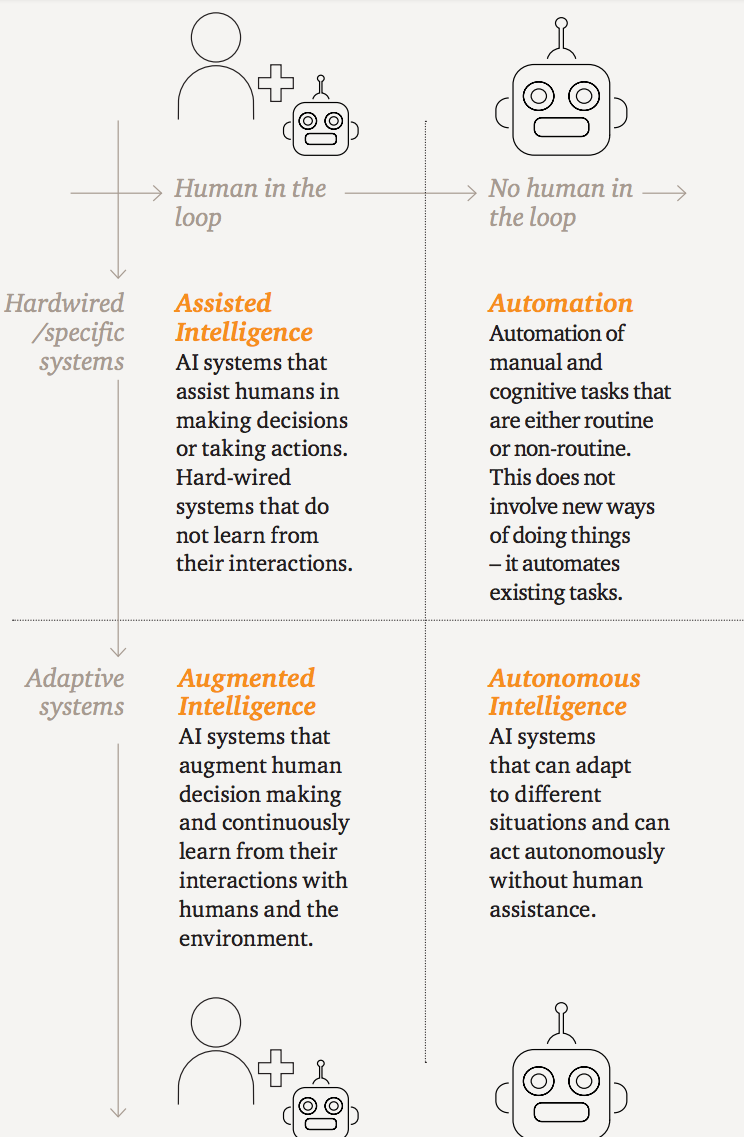$6.6 trillion is likely to come from increased productivity and $9.1 trillion is likely to come from consumption side effects.
PWc analysis gauges the economic potential for AI between now and 2030, including for regional economies and eight commercial sectors worldwide. Through our AI Impact Index, they look at how improvements to personalization/customization, quality and functionality could boost value, choice and demand across nearly 300 use cases of AI, along with how quickly transformation and disruption are likely to take hold.
The greatest gains from AI are likely to be in China (boost of up to 26% GDP in 2030) and North America (potential 14% boost). The biggest sector gains will be in retail, financial services and healthcare as AI increases productivity, product quality and consumption.
Some job displacement – but also new employment opportunities
The adoption of ‘no-human-in-the-loop’ technologies will mean that some posts will inevitably become redundant, but others will be created by the shifts in productivity and consumer demand emanating from AI, and through the value chain of AI itself. In addition to new types of workers who will focus on thinking creatively about how AI can be developed and applied, a new set of personnel will be required to build, maintain, operate, and regulate these emerging technologies. We will need the equivalent of air traffic controllers to control the autonomous vehicles on the road. Same day delivery and robotic packaging and warehousing are also resulting in more jobs for robots and for humans. All of this will facilitate the creation of new jobs that would not have existed in a world without AI.
Predicted Industry Order
1. Finance – now through next 7 years
2. Retail – now through next 7 years
3. Automotive and Transportation mostly in the next 7 years
4. Technology and Communication mostly in the next 7 years



Brian Wang is a Futurist Thought Leader and a popular Science blogger with 1 million readers per month. His blog Nextbigfuture.com is ranked #1 Science News Blog. It covers many disruptive technology and trends including Space, Robotics, Artificial Intelligence, Medicine, Anti-aging Biotechnology, and Nanotechnology.
Known for identifying cutting edge technologies, he is currently a Co-Founder of a startup and fundraiser for high potential early-stage companies. He is the Head of Research for Allocations for deep technology investments and an Angel Investor at Space Angels.
A frequent speaker at corporations, he has been a TEDx speaker, a Singularity University speaker and guest at numerous interviews for radio and podcasts. He is open to public speaking and advising engagements.

